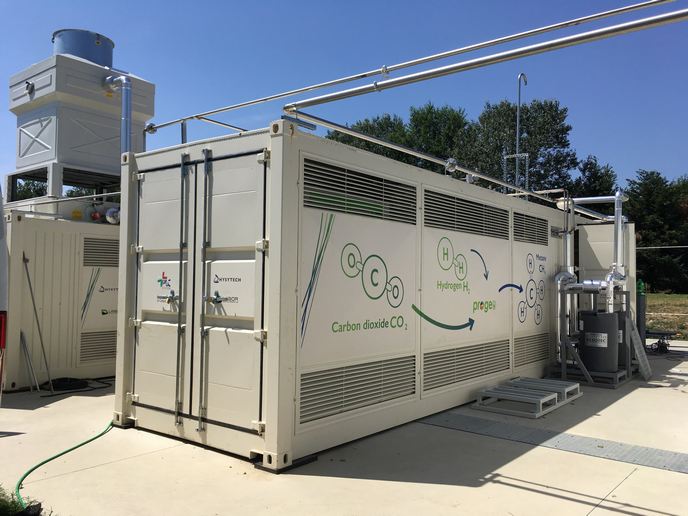Sniffing out the methane culprit
Methane is an important greenhouse gas that is responsible for 20 % of the observed greenhouse effect. EU Member States are required, under the Kyoto Protocol, to accurately report on their annual methane emissions. However, while global emissions are well known, EU countries are less sure about the amounts emitted by each source. Current detection technology uses spectroscopy to make high-precision measurements, and can be deployed in the field. However, the challenge is that the available technology cannot detect methane isotopes due their low concentration. The team behind the EU-funded METHANE ISOTOPES (Real-time monitoring of methane isotopes in ambient air) initiative aimed to develop a mobile, ultra-sensitive spectrometer than can measure methane isotopes in air in real time. This new instrument would allow researchers to track emissions to the source. The researchers worked to develop a mobile system that can detect methane isotope levels below one part per billion in real time. To automate the system, they built custom software to control a measuring laser, sample gas flow, take measurements and collect data. The laser diode caused many problems during the course of the project by introducing sources of error and not providing enough power. Due to these limitations, the sensitivity of the instrument ended up being much lower than the researchers had envisioned. The team was therefore unable to perform field trials in the timeframe of the project. This project provided groundbreaking research in the use of commercial lasers to detect methane isotopes. The researchers hope to improve on the sensitivity of the instrument as interest in the use of these lasers grows and industry improves on the technology.







